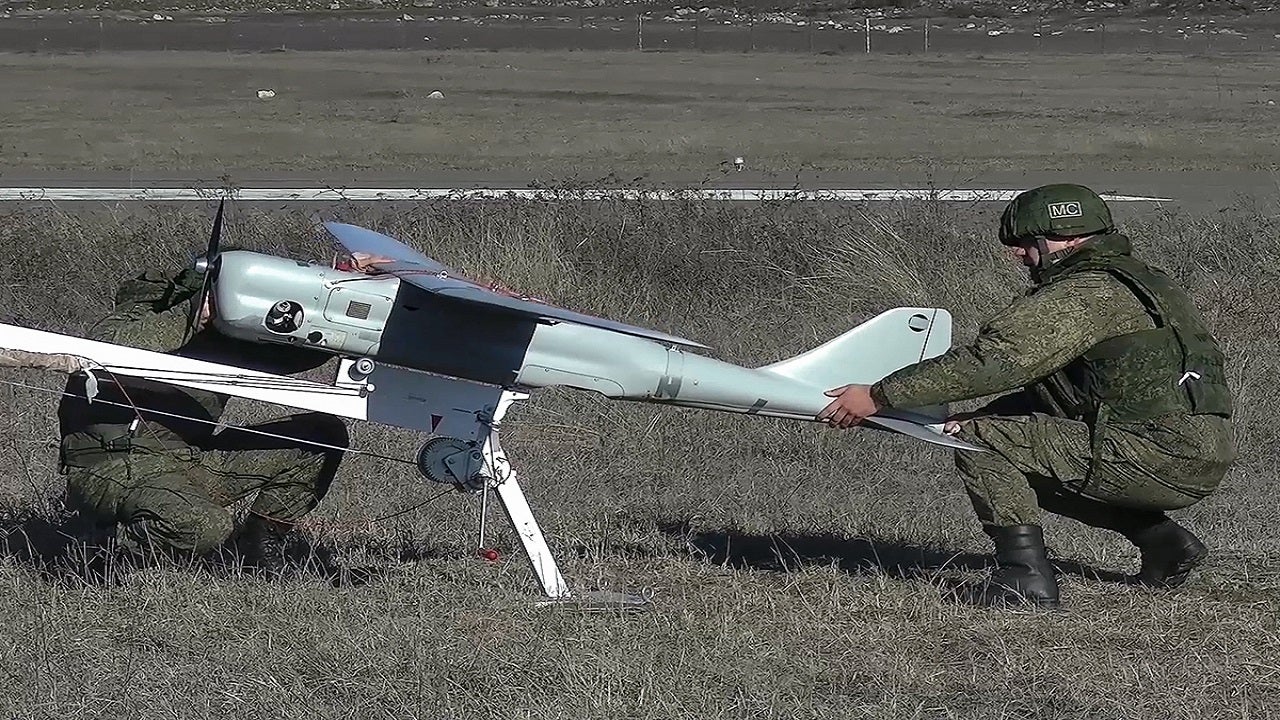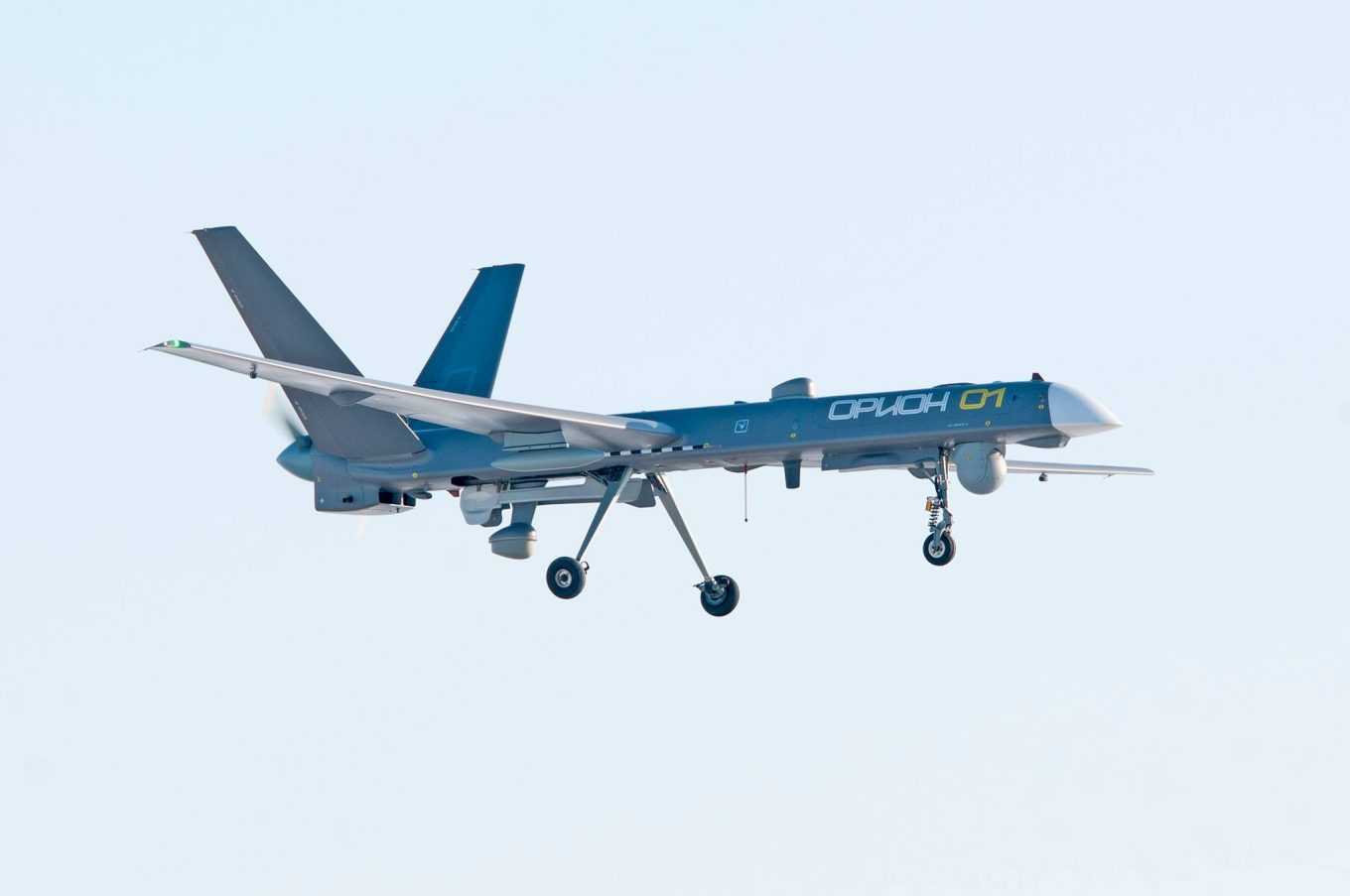The majority of domestically built drones in Russia do not meet the technical and tactical requirements established by the Russian defense ministry, according to a senior Russian defense official, exposing a significant weakness in the nation’s drone manufacturing capabilities.
US Scrambles F-15 Air Superiority Fighter To Shoot Down Iranian Mohajer-6 Drone
Colonel Igor Ischuk, a Russian Federation’s Ministry of Defense representative, said that the ministry has developed suitable tactical and technological standards for unmanned aerial vehicles, reported state media.
He revealed that most manufacturers, regrettably, are unable to meet them. Ischuk disclosed this latest information during the round table discussion titled “Prospects for the development of autonomous vehicle technology in the Russian Federation.”
Ischuk claimed that the element base is the primary cause of the non-fulfillment of these conditions. He further stated that due to this circumstance, the Russian Federation’s Ministry of Defense must enter into fresh agreements and simplify existing ones to accept drones into operation in an experimental capacity.

According to Ischuk, drones used for loitering munitions, conventional and electronic reconnaissance, and other tasks in a reasonable price range are in high demand. He also talked about the essential characteristics of the drone, such as that it should be easy to manage and furnished with “friend-or-foe” systems and exposure warning devices.
Drones have been widely used in various roles throughout Russia’s war with Ukraine, which is currently in its eighth month. Both sides have used cutting-edge military drones that can travel long distances to gather intelligence or launch deadly attacks.
Ukraine extensively utilized drones, mainly Turkish TB-2 drones, and destroyed hundreds of Russian armored vehicles. On the other side, Russia initially used the Orlan-10, a locally developed aircraft.
The team of experts at the Oryx blog estimates that since February 24, the Russian military has lost more than 80 Orlan-10 reconnaissance drones.

Russia Using Iranian Drones
Meanwhile, Russian troops have now been spotted using Iranian combat drones as it has been difficult for Russia to manufacture aircraft due to Western sanctions.
In the port city of Odesa on September 26, two “kamikaze” drones, which are widely thought to have been provided by Iran to Russia, struck “military infrastructure,” according to the Ukrainian military.
The Iranian drones made their first appearance in the Ukrainian conflict in September.
However, the deployment of Iranian drones led Ukraine’s President Volodymyr Zelensky to revoke the accreditation of Iran’s ambassador at its embassy in Kyiv last week. The decision indicates that Iranian drones could be affecting the war in Russia’s favor.
The Shahed 136, also known as the Geran-2 in Russian service, recently destroyed Ukrainian military equipment. Another Iranian drone, the Mohajer-6, which is thought to be multipurpose, was reportedly shot down last week, as previously reported by the EurAsian Times.

However, the Shahed 136, commonly known as a swarming drone, has been most frequently employed against Ukraine. The Shahed 136, which Iran first used in 2021, is designed to overwhelm ground forces and get past the opponent’s air defenses.
Due to its propensity to fly directly into targets, it is occasionally referred to as a “kamikaze” drone.
US generals have recently issued warnings regarding the threat posed by Iranian drones. Tehran now has “localized air superiority” thanks to advancements in Iranian drone technology. “For the first time since the Korean War, we are operating without complete air superiority,” a US general told Congress.
Iran has spent over a decade establishing its drone industry to compensate for a shortage of air power caused mostly by Western sanctions. The US has also accidentally assisted Iranian drone technical advancements.
In 2011, Iran shot down an intact RQ-170 Sentinel US drone, which it then allegedly reverse-engineered and implemented that knowledge on its version.
Nevertheless, Russia has been unexpectedly laggard in drone development. Russia lacked the ability to produce combat UAVs, even though it had created domestically produced surveillance UAVs.
Additionally, the heavy sanctions put in place by the US and its allies will restrict Russia’s capacity to actively explore the development of new types of weapons, including combat UAVs.
- Contact the author at ashishmichel@gmail.com
- Follow EurAsian Times on Google News




